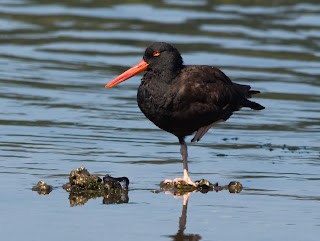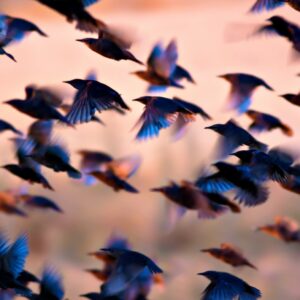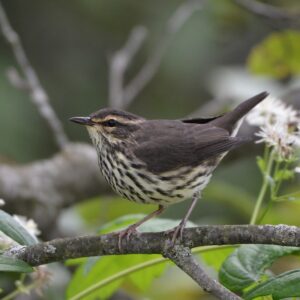Dangerous High-Wire Act: Birds Face Collisions with Power Lines from Northern Gateway Project
Public hearings continue as Canadians voice their concerns about Enbridge’s proposed Northern Gateway Pipeline. In addition to the roughly 4,000 citizens who have signed up to take part, thousands have also written letters to Prime Minister Stephen Harper and other elected officials with a clear message that this pipeline is not in the public’s interest.
That certainly holds true for B.C.’s wildlife too.
Last week, I summarized the risk that artificial lights – from tankers, towers and other infrastructure – pose to marine and migratory birds. But there’s another highwire hazard B.C.’s birds could face: Collisions by birds with power lines are a cause of mortality in many species.
In written evidence submitted by Nature Canada and BC Nature to the joint review panel, we highlighted a few of the many studies that show this risk:
A review by Golder Associates (2009) notes that “fatal impact from transmission lines have been recorded in 350 species of birds worldwide and in some cases the level of fatalities are speculated to have contributed to declines in local and regional bird populations.”
In another 2005 review of avian collisions, Erickson et al. summarized that “waterfowl including ducks, geese, swans, cranes, and shorebirds appear to be most susceptible to collisions when powerlines are located near wetlands.”
A 2010 review published in Bird Conservation International examined the issue at a global scale and concluded that “many large … wetland birds and some smaller, fast-flying species are prone to colliding with overhead wires… waterfowl, shorebirds… are among the most frequently affected avian groups and collision frequency is thought to be an influential factor in ongoing population declines in several species.”
Similarly, a 2001 study for Prince Edward Island Energy Corporation noted that “birds that fly fast in tight flocks at low altitudes such as waterfowl and shorebirds appear to be particularly susceptible to collisions with wires … raptors are also frequent victims of wire kills.”
Wires as collision hazards are especially important where raptors, like bald eagles, concentrate – places like salmon streams, or migration and staging areas. Young birds learning to fly are also particularly vulnerable.
The Kitimat estuary and marine waters, where Enbridge proposes to establish its port for oil tankers, is just the kind of migration and staging area that should be avoided. Yet despite overwhelming evidence that collisions with wires can be a significant cause of mortality in marine birds, Enbridge dismisses the issue as so rare as to not merit attention.
None of the so-called “key indicator” species — those species that, in Enbridge’s view are representative enough of all marine birds to be included in their impact studies — were shorebirds, yet it is shorebirds in particular that face danger from collisions with wires.
As the rhetoric grows and the heat rises on this highly contentious project, it’s important that those without a voice of their own – B.C.’s marine wildlife – are not forgotten. You can lend your voice to the cause by sharing your opinions with Canada’s Prime Minister.




